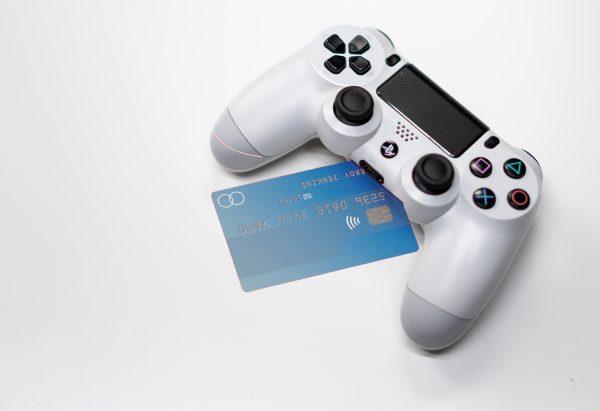
By Victor Ledbetter Jr.
People play and talk about video games every day. This year alone titles like “Marvel’s Spider-Man 2”, “Starfield” and “Armored Core VI: Fires of Rubicon” are creating huge buzz in the gaming space.
With all this attention, there are companies looking to gain notoriety and profit. The budget for any AAA game is very high and the time to make one can take up to five years.
The problem is, there are developers that cut corners to save money and they do this by utilizing microtransactions.
Microtransactions are in-game purchases that can cost from 99 cents to $100 or more. These get you in-game currency, special characters and cosmetic items like skins and weapons.
Microtransactions are normally reserved for games that are free but developers also use them within fully priced games.
You can pay for a guaranteed item (which are often expensive and a huge rip-off) or a random reward and while this doesn’t sound bad at first, the way the monetization system is implemented creates more concerns than rewards.
According to Dexerto’s Lauren Bergin, an established editor for PCGamesN, while looking at Valorant’s shop, a standard individual skin costs around $10. If you want the bundle, you will have to fork over around $34. If you want a deluxe skin, that is ~$16 per skin, ~$62 per bundle. And a premium skin? That’s ~$23 per skin, ~$82 per bundle.
The thing about buying these skins, is that they don’t do anything. The art is cool, yes, but they don’t give you any power-ups or abilities.
If you want a slightly easier way to get these skins, you can buy a battle pass. This is a tiered system, which you can progress through by playing the game and completing in game or weekly/daily challenges.
“Fortnite” is known for influencing the multiplayer market with this monetization option, so much so that every multiplayer game you can think of has implemented the pass into their game.
According to a guide by G2A.com, a digital marketplace website, getting these rewards aren’t easy and the game punishes you for not having the time to play.
The guide detailed that, “It’s not unusual for developers to put some extra stuff in battle pass, that’s either hard or straight up impossible to obtain in the game by any other means. So, if you’re not active, you risk missing the battle pass and losing some cool rewards you wouldn’t be able to get otherwise.”
While the content in the battle pass can last for up to two months, not a lot of people have the time to log in every day.
You also have the daily challenges, but they require a decent amount of time to complete. If you want to be rewarded earlier, there is an option to advance to the end of the pass by paying real life money.
Then there are loot boxes or crates, which cost around $5 and can give you a random chance at getting what you want.
Looking at the odds, you have a 99% chance at getting a common item and 1% at getting a rare item–obviously the chances are very slim. Sure you might get it because nothing is impossible but it would cost a lot of money.
The loot boxes are there specifically to lure consumers into spending a lot of money, which can develop gambling addictions, especially in children.
Forbes article “How Lootboxes in Children’s Video Games Encourages Gambling” by Jason W. Osborne shares that the average 12-to-17 year-old spends $50 every month on loot boxes.
“Importantly, this same research showed that loot box purchases significantly increased the odds of problem gambling later. Emerging research suggests that loot box purchases and similar gambling behavior among children or teens can lead to problem gambling later in life,” said Osborne.
A gambling addiction is something 1 million California residents suffer from and it is concerning that so many young kids are being set on this path.
These practices ruin video games. Developers are using microtransactions to put content behind paywalls, making said content scant in the process. They are also implementing MTX when they don’t need to, like in single player games.
Being money oriented can often make the games we play very lifeless and of poor quality. I understand that developers need to make money, but can’t players just get all their content in a fair and satisfying manner? Even if a player can, they’d have to go through an unbearable grind every day to even get close!
Now, there are games that don’t rely on these practices but when the first question that comes to my mind is, “Is this a pay-to-win game?” every time a new game comes out, there is a problem.
I get excited with new games and I have played video games all my life but if I pay $70 for a fully priced game with another in-game price tag, I might need to pick up another hobby.





